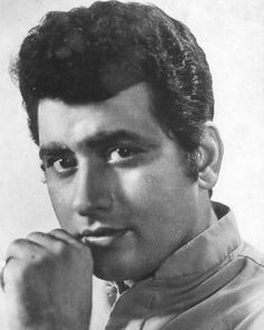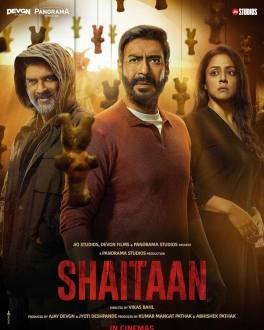From the early 60s, the Doordarshan era, TV has become an essential member of every Indian household. From melodramatic to masaladaar shows, we Indians love them. No matter how regressive, sexiest, and baseless the show might be, we love to watch it. We may disagree with it, but we still watch it as a guilty pleasure.
The modern Indian soap revolution started in the early 90s with the introduction of satellite channels like ZEE TV. The czarina of soap, Ekta Kapoor, has been credited for the revolution of Indian television from the late 90s and early 2000s. “K” shows ruled almost all the charts during those days. People were glued to screens from matinee to late night. So much was affected by soaps. The death of a character in a soap became a topic of debate on the streets. People mourned for days. No matter how regressive those shows were, they may have connected with the Indian audience.
With the introduction of more and more GECs, Indian television was roaring and soaring high, from soaps to reality shows. From live sports to the biggest reality shows like KBC, Indian Idol, Bigg Boss, etc., this has made this a billion dollar industry. Everything was sailing smoothly, but since late 2018, things started changing. The advent of faster internet and OTT platforms slowly diverted Indian viewers from TV towards online content. Here are a few reasons Indian television is losing its audience:
- Too many ad breaks: Advertisements are a significant source of revenue for any television program. We used to have one break between each show, like the kind of intervals in a cinema, but nowadays TV channels are interrupting the slow pace of a show with frequent advertisements every 5–6 minutes. Each soap gets at least 3-4 ad breaks.
- Too many ads: It’s not just ad breaks which have increased, but the number of ads per ad break has also significantly gone up. From 3-6 minutes, we are bombarded with 6-12 ads in each ad break. They simply zap to a new channel when they see an ad and forget what they were watching in the first place.
- No innovation: In terms of content and programming, GECs continue to rely on franchise model reality shows such as KBC, Sa Re Ga Ma Pa, Bigg Boss, and Dance India Dance season after seasons. There is no change in the kind of content on TV. Whereas in OTT, people are exposed to new type of content on a regular basis. Be it comedy sketches, stand-up, vines, web series, etc., there are many sub-genres within even a kind of show.
- Same good ole Saas Bahu melodrama: While old generations might watch the same ole “saas bahu” melodrama, millennials just can’t bear those overly staged sagas. Many shows which start as children’s stories or rural social dramas ultimately end up being another “Saas Bahu” drama.
- Don’t know when to STOP: There are many soaps that have been running for more than a decade without any metamorphosis. Be it “Taarak Mehta Ka Oolta Chasma” or even CID for that matter, which ended after running for more than 20 years. Even in the recent take upon Bollywoodish “Icchadhari Naag” Naagin, every season the story remains the same, just the characters change.
Many GECs have started feeding their shows ad free on their paid OTT platforms in order to attract new generation audience, still most of those shows are performing terribly. Most of the shows are now freely available on YouTube or Jio app, which has become another avenue to make income for these TV channels.
The bottom line is as long as mediocrity remains in the industry be it television or Bollywood or even OTT for that matter, it is destined to be doomed.
 DesiKudi is an avid entertainment blogger who have been writting about different topics related with Indian Entertainment on major news portals. She has take upon anything to everything from Movies, Web Series, TV Shows, etc.
DesiKudi is an avid entertainment blogger who have been writting about different topics related with Indian Entertainment on major news portals. She has take upon anything to everything from Movies, Web Series, TV Shows, etc.





 On the Terrace with Sharma Ji
On the Terrace with Sharma Ji Jolly LLB 3 (2025)
Jolly LLB 3 (2025) Manoj Kumar (1973 – 2025)
Manoj Kumar (1973 – 2025) Sikandar (2025)
Sikandar (2025) Khakee: The Bengal Chapter
Khakee: The Bengal Chapter
Leave a Reply